This comprehensive guide, brought to you by Nasami Beverage, will explore the caffeine content in popular drinks 2025, providing a clear and detailed breakdown. We’ll dive into the science of caffeine, compare coffee and tea, examine the powerhouse world of energy drinks, and ultimately answer the crucial question: what drink has the most caffeine? Our goal is to empower you with the knowledge to make informed, healthy choices about your daily buzz.
What is Caffeine and How Does It Affect Your Body?
Before we start comparing milligrams and beverage types, it’s essential to understand the fundamentals of this popular stimulant and its relationship with our bodies.
The Science of Your Morning Buzz
Caffeine is a natural stimulant most commonly found in coffee beans, tea leaves, and cacao plants. At its core, it works by stimulating the brain and central nervous system, helping you stay alert and preventing the onset of tiredness.
It achieves this primarily by blocking the effects of adenosine, a neurotransmitter that relaxes the brain and makes you feel fatigued.
When caffeine blocks adenosine, it allows stimulating neurotransmitters like dopamine and norepinephrine to increase, leading to enhanced alertness, improved focus, and a better mood. Beyond the brain, caffeine can also increase heart rate and blood pressure, and boost metabolism.
How Much Caffeine is Too Much?
While caffeine can be beneficial, there is a limit. The U.S. Food and Drug Administration (FDA) cites 400 milligrams (mg) per day as a generally safe amount for most healthy adults. That’s roughly the equivalent of four 8-ounce cups of brewed coffee.
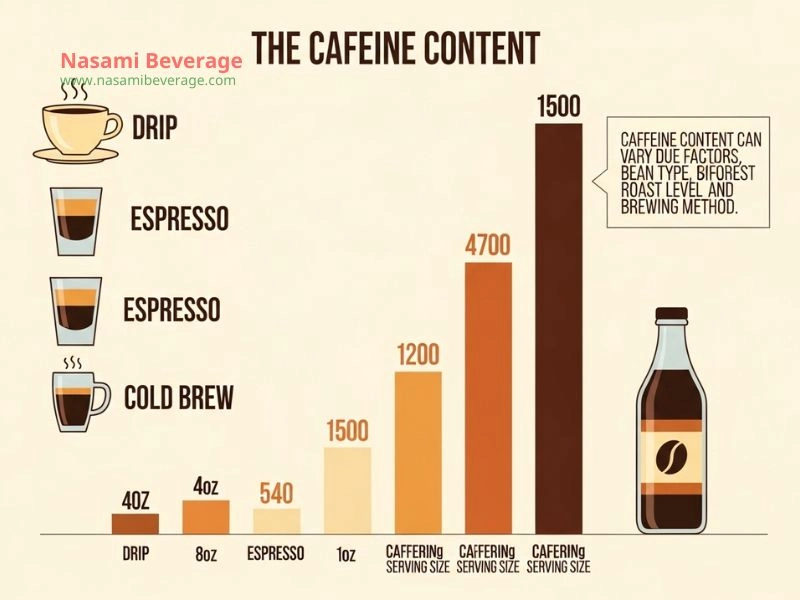
However, individual tolerance varies greatly depending on factors like body weight, genetics, and regular consumption habits. Consuming too much can lead to negative side effects such as:
- Jitters and anxiety
- Insomnia or disrupted sleep patterns
- Rapid heart rate
- Headaches
- Digestive issues
- Dehydration
Listening to your body is key to finding your personal healthy limit.
The Ultimate Caffeine Showdown – Coffee vs. Tea
The age-old debate between coffee and tea lovers often comes down to taste, ritual, and, of course, caffeine content. The answer to which one has more is not as straightforward as you might think.
The Great Debate – Does Coffee or Tea Have More Caffeine?
On a dry-weight basis, tea leaves actually contain more caffeine than coffee beans. However, the brewing process changes everything. Far more ground coffee is used to brew a single cup than tea leaves, resulting in a higher extraction of caffeine.
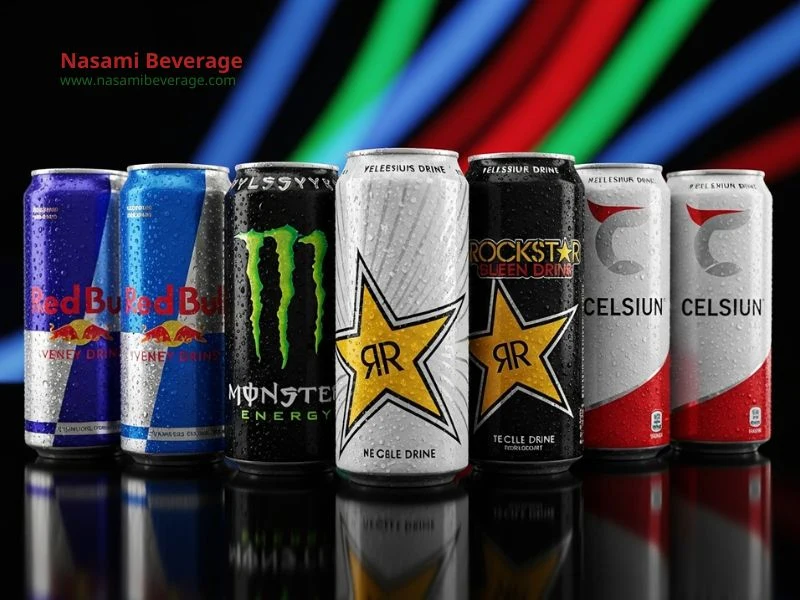
Therefore, an average 8-ounce cup of brewed coffee generally contains significantly more caffeine than an 8-ounce cup of brewed tea. A typical cup of coffee has 95 mg, while black tea has around 47 mg and green tea has about 28 mg.
It’s All in the Brew – Factors Affecting Caffeine Content
The caffeine in your cup isn’t a fixed number. Several factors can dramatically influence the final amount:
- Brewing Time: The longer you steep your tea or brew your coffee, the more caffeine is extracted. A cold brew coffee, which steeps for 12-24 hours, can be particularly potent.
- Water Temperature: Hotter water extracts caffeine more effectively and quickly.
- Type of Bean/Leaf: Different coffee beans (Arabica vs. Robusta) and tea leaves have naturally varying caffeine levels. Robusta beans can have nearly double the caffeine of Arabica beans.
- Grind Size: A finer coffee grind provides more surface area for water to interact with, potentially leading to higher caffeine extraction.
Caffeine Content in Popular Coffee Drinks
Coffee remains the undisputed king of caffeinated beverages for many. But not all coffee is created equal. From a simple drip brew to a complex café creation, the caffeine levels can vary wildly.
Your Daily Brew – A Look at Different Coffee Types
Here’s a breakdown of the approximate caffeine content you can expect from various coffee preparations. You won’t believe which popular coffee has the most caffeine…
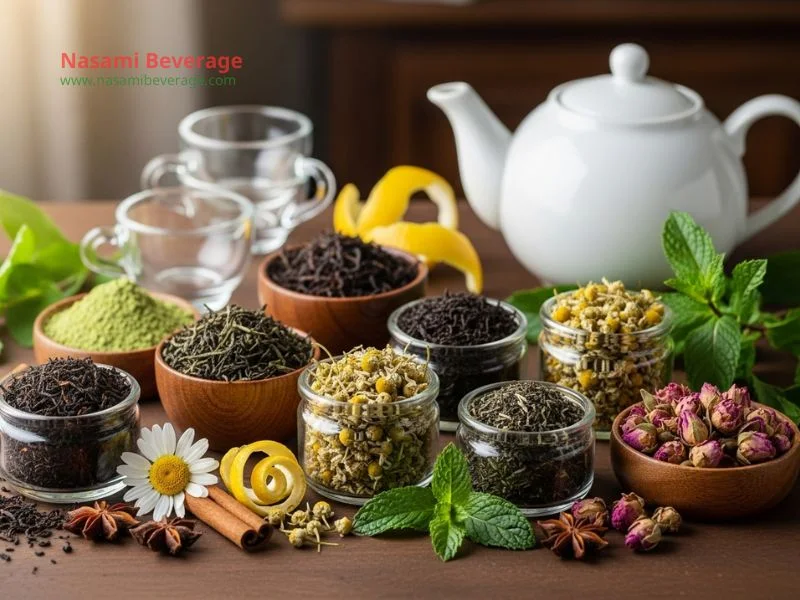
- Brewed/Drip Coffee (8 oz): 95-165 mg
- Espresso (1 oz shot): 64 mg
- Instant Coffee (8 oz): 62 mg
- Cold Brew (12 oz): 150-250 mg
- Decaf Coffee (8 oz): 2-7 mg. It’s important to remember that decaf is not caffeine-free, a fact that might surprise many.
Navigating the Cafe Menu – Starbucks and Dunkin’
For millions, the daily coffee run means a trip to a major chain. Here’s how some of their popular offerings stack up in 2025:
- Starbucks: A Grande (16 oz) Pike Place® Roast contains approximately 310 mg of caffeine. In contrast, a Grande Caffè Latte has about 150 mg.
- Dunkin’: A Medium (14 oz) Original Blend Brewed Coffee contains about 210 mg. Their Medium Iced Coffee has around 297 mg.
The Powerhouse aisle – Caffeine in Energy Drinks
The energy drink market is booming, with brands offering an ever-increasing jolt of energy in a can. These drinks often contain significantly more caffeine than a standard soda or tea.
What’s Really in That Can?
Energy drinks deliver their kick through high concentrations of caffeine, often supplemented with other ingredients like taurine, B vitamins, and sugar or artificial sweeteners.
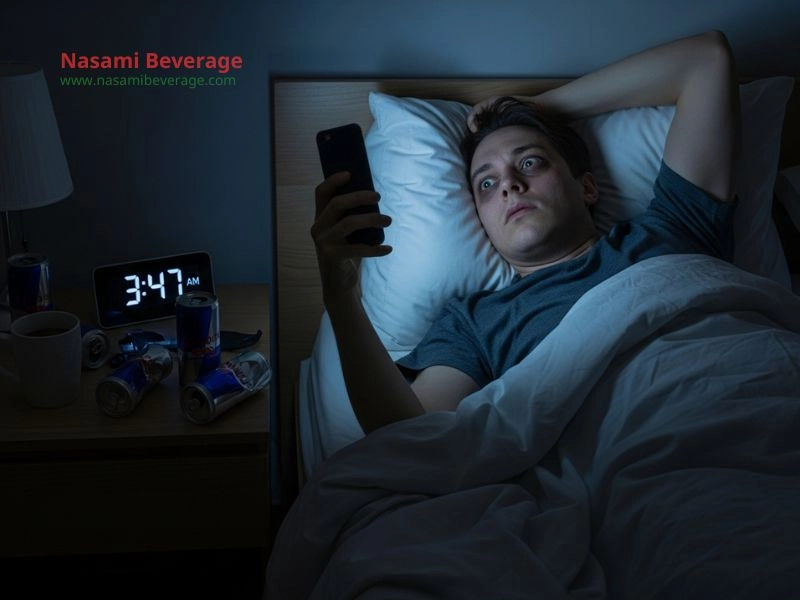
While a standard 8.4 oz can might be comparable to a strong coffee, many popular energy drinks are sold in 16 oz cans, doubling the dose. This makes it easy to exceed the daily recommended limit with just one or two drinks.
The Big Players – Red Bull, Monster, and More
Here is a look at the estimated caffeine content in some of the most popular energy drinks on the market. Is your energy drink doing more harm than good? Find out here.
- Red Bull (8.4 oz): 80 mg
- Monster Energy (16 oz): 160 mg
- Bang Energy (16 oz): 300 mg
- Celsius (12 oz): 200 mg
- Reign Total Body Fuel (16 oz): 300 mg
Beyond Coffee and Energy Drinks – Caffeine in Other Popular Beverages
Caffeine isn’t just found in the coffee pot or the energy drink cooler. It’s a common ingredient in many other popular beverages that contribute to our daily intake.
The Fizz Factor – Caffeine in Sodas
While generally lower in caffeine than coffee or energy drinks, the amount in soda can add up, especially for those who drink multiple cans a day. Here’s a look at some classics and the shocking truth about the caffeine in your favorite soda.
- Coca-Cola Classic (12 oz): 34 mg
- Diet Coke (12 oz): 46 mg
- Pepsi (12 oz): 38 mg
- Mountain Dew (12 oz): 54 mg
- Dr. Pepper (12 oz): 41 mg
The Surprising Sources of Caffeine
Keep an eye out for caffeine in less obvious places. Yerba mate, a traditional South American tea, can contain up to 85 mg per cup.
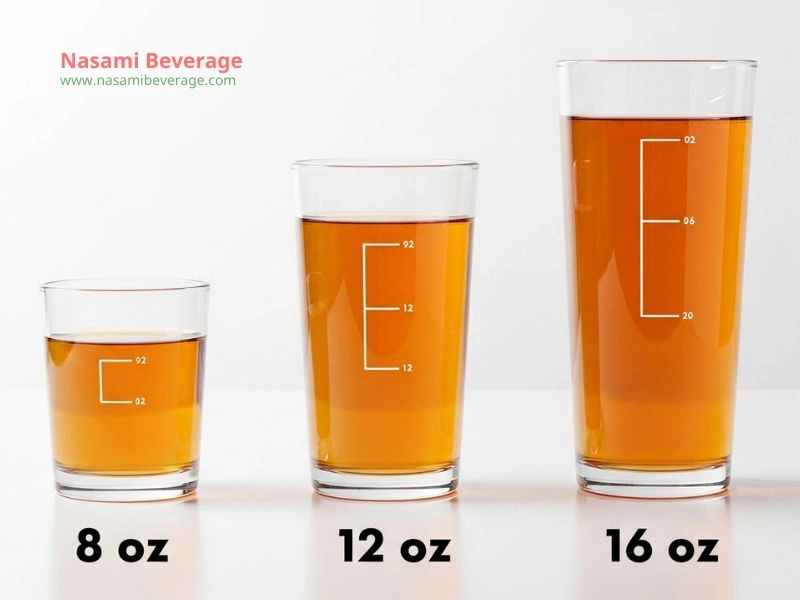
Dark chocolate also contains caffeine, with the amount increasing with the cocoa percentage. Even some over-the-counter pain relievers and workout supplements use caffeine for its stimulating effects.
Making Informed Choices – Tips for Managing Your Caffeine Intake
Being a conscious consumer is the best way to enjoy the benefits of caffeine without experiencing the downsides.
- Read the Labels: Most beverages are now required to list their caffeine content. Make it a habit to check before you drink.
- Understand Serving Sizes: A “single serving” can be 8 oz, 12 oz, or even 16 oz. Be aware of how much you are actually consuming.
- Listen to Your Body: Pay attention to how you feel. If you are experiencing jitters, anxiety, or poor sleep, it might be time to cut back.
- Stay Hydrated: Caffeine is a mild diuretic. Be sure to drink plenty of water alongside your caffeinated beverages to stay properly hydrated.
- Explore Alternatives: If you’re looking for a warm, comforting drink without the buzz, consider herbal teas like chamomile, peppermint, or rooibos.
Frequently Asked Questions (FAQ)
Which drink has the most caffeine in 2025?
Generally, specialty high-caffeine coffee brands like Death Wish Coffee or powerful energy drinks and energy shots like Bang or Reign, which can contain 300 mg or more in a single serving, are the drinks with the most caffeine.
Is 200mg of caffeine a lot for one drink?
For most healthy adults, 200 mg is half of the daily recommended limit of 400 mg. This amount, found in a strong 12 oz coffee or a 12 oz Celsius energy drink, is a significant dose for a single beverage and should be consumed mindfully within the context of your total daily intake.
Does the roast of coffee affect caffeine content?
Yes, but perhaps not how you think. It’s a common myth that darker roasts are stronger. In reality, lighter roasts retain slightly more of their original caffeine content than dark roasts. However, the difference is often minimal and less significant than the brewing method or serving size.
Are there any health benefits to drinking caffeine?
In moderation, caffeine has been linked to several health benefits, including improved mental focus, enhanced physical performance, and a potentially reduced risk of certain conditions like Parkinson’s disease and type 2 diabetes. However, these benefits are best achieved within the recommended daily limits, as excessive consumption can lead to negative health outcomes.
Navigating the world of caffeinated drinks in 2025 requires awareness and knowledge. From the robust kick of a cold brew to the intense jolt from an energy drink, the caffeine content in our favorite beverages varies immensely.
By understanding the numbers, recognizing the factors that influence caffeine levels, and listening to your body’s signals, you can maintain a healthy, balanced relationship with caffeine, enjoying its benefits while avoiding its pitfalls.
This comprehensive guide to the caffeine content in popular drinks 2025 was carefully researched and compiled by the team at Nasami Beverage. Our goal is to provide you with the most accurate and up-to-date information to help you make informed choices about your daily consumption, ensuring you can find the perfect, balanced buzz for your lifestyle.